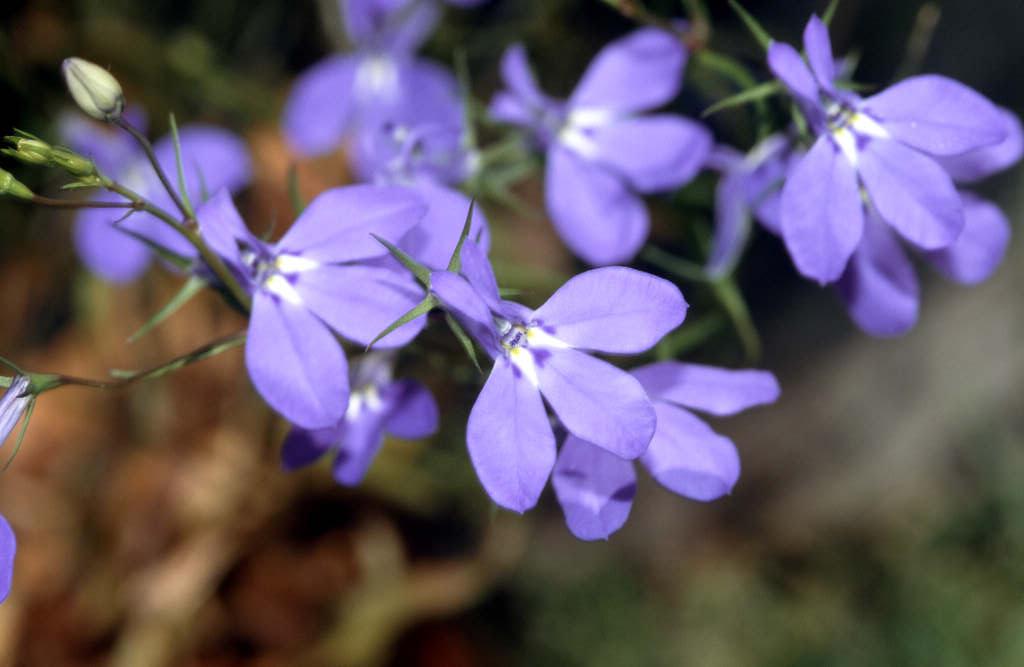Not the plant you're looking for? Search over 300,000 plants
Annual BiennialBedding
Size
Ultimate height
Up to 10cmTime to ultimate height
1–2 yearsUltimate spread
0.1–0.5 metresGrowing conditions
Loam
Moisture
Moist but well–drainedpH
Acid, Alkaline, NeutralColour & scent
| Stem | Flower | Foliage | Fruit | |
| Spring | Green | |||
|---|---|---|---|---|
| Summer | Blue | Green | ||
| Autumn | Blue | Green | ||
| Winter | Green |
Position
- Full sun
- Partial shade
Aspect
South–facing or East–facing or West–facing
Exposure
Sheltered Hardiness
H2Botanical details
- Family
- Campanulaceae
- Native to GB / Ireland
- No
- Foliage
- Evergreen
- Habit
- Trailing
- Potentially harmful
- Harmful if eaten, skin irritant. Wear gloves and other protective equipment when handling Wear gloves and other protective equipment when handling. Pets: Harmful if eaten, skin irritant. For further information and contact numbers regarding pets, see the HTA guide to potentially harmful plants
- Genus
Lobelia can be annuals, perennials or shrubs, with simple leaves and showy 2-lipped flowers that may be solitary or in racemes or panicles
- Name status
Correct
How to grow
Cultivation
Grow in deep, fertile, reliably moist soil in full sun or partial shade. Apply a balanced liquid fertiliser every 2 weeks in spring and early summer and then a high potash fertiliser from midsummer onwards. In containers, use a peat-free multipurpose compost
Propagation
Propagate by seed at 13-18°C in late winter
Suggested planting locations and garden types
- City and courtyard gardens
- Coastal
- Cottage and informal garden
- Patio and container plants
- Flower borders and beds
Pruning
No pruning required
Pests
May be susceptible to slugs
Diseases
Generally disease-free
Get involved
The Royal Horticultural Society is the UK’s leading gardening charity. We aim to enrich everyone’s life through plants, and make the UK a greener and more beautiful place.
